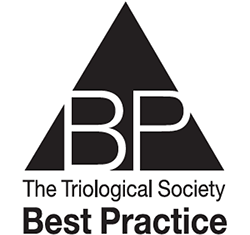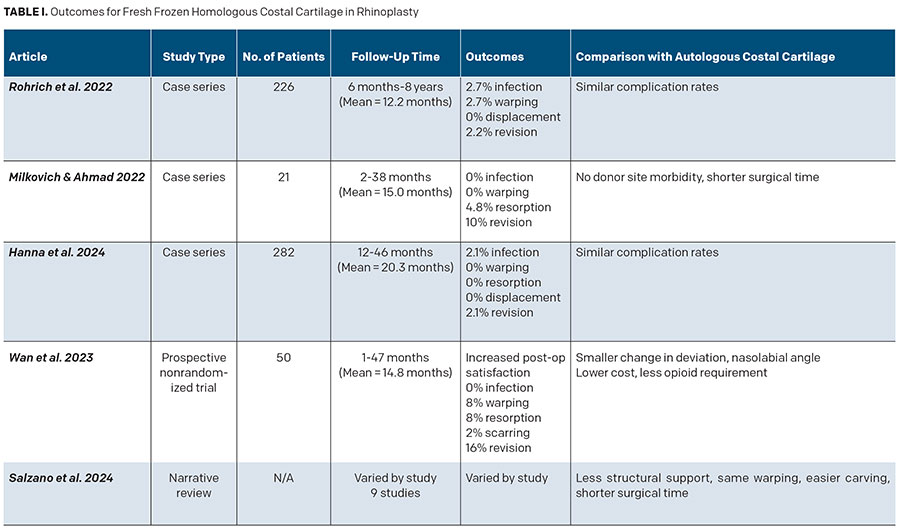 TRIO Best Practice articles are brief, structured reviews designed to provide the busy clinician with a handy outline and reference for day-to-day clinical decision making. The ENTtoday summaries below include the Background and Best Practice sections of the original article. To view the complete Laryngoscope articles free of charge, visit Laryngoscope.com.
TRIO Best Practice articles are brief, structured reviews designed to provide the busy clinician with a handy outline and reference for day-to-day clinical decision making. The ENTtoday summaries below include the Background and Best Practice sections of the original article. To view the complete Laryngoscope articles free of charge, visit Laryngoscope.com.
Explore This Issue
June 2025BACKGROUND
Costal cartilage is commonly used as a graft material to revise and reconstruct the nasal framework during both primary and revision rhinoplasty. Although autologous costal cartilage has long been considered a gold standard, it carries the disadvantages of donor site morbidity, increased surgical time and cost, and the necessity of general anesthesia. Consequently, cadaveric costal cartilage grafts are commonly employed as an alternative solution. Traditionally, the sterilization of these grafts was achieved through irradiation; however, studies have demonstrated higher rates of resorption, warping, and infection using irradiated homologous costal cartilage.
More recently, fresh frozen homologous costal cartilage (Musculoskeletal Tissue Foundation, Edison, N.J.) has been made commercially available as a nonirradiated option for cadaveric cartilage. This allograft is harvested from the seventh to ninth ribs, debrided of surrounding soft tissue, rinsed with surfactant, soaked in antibiotic solution, stored frozen at −80 to −40°C, and defrosted just prior to use. Although several recent studies have summarized single-institution experiences with fresh frozen cartilage use, no formal guidelines exist regarding the safety and efficacy of its use compared with more established options. This review summarizes recent literature describing clinical outcomes and complication rates associated with primary and revision rhinoplasty using fresh frozen homologous costal cartilage grafts as compared with autologous costal cartilage (Table I).
BEST PRACTICE
Fresh frozen homologous costal cartilage in rhinoplasty represents an alternative approach that has been described mostly through single-surgeon case series in the existing literature. Many of these studies are modest in size, and while they demonstrate comparable rates of infection, warping, resorption, and revision as historically reported for autologous cartilage, there remains a lack of randomized controlled trials to provide statistical comparisons and inform best practices. Further research is needed to quantify differences in mechanical properties, long-term aesthetic and clinical outcomes, and overall costs associated with fresh frozen costal cartilage, autologous costal cartilage, and other alternative cartilage graft sources. However, these early studies suggest that fresh frozen homologous costal cartilage is a safe, effective, and potentially customizable alternative to the conventional gold standard of autologous costal cartilage, particularly among patients who may not tolerate the risks associated with harvesting from the donor site.

Leave a Reply